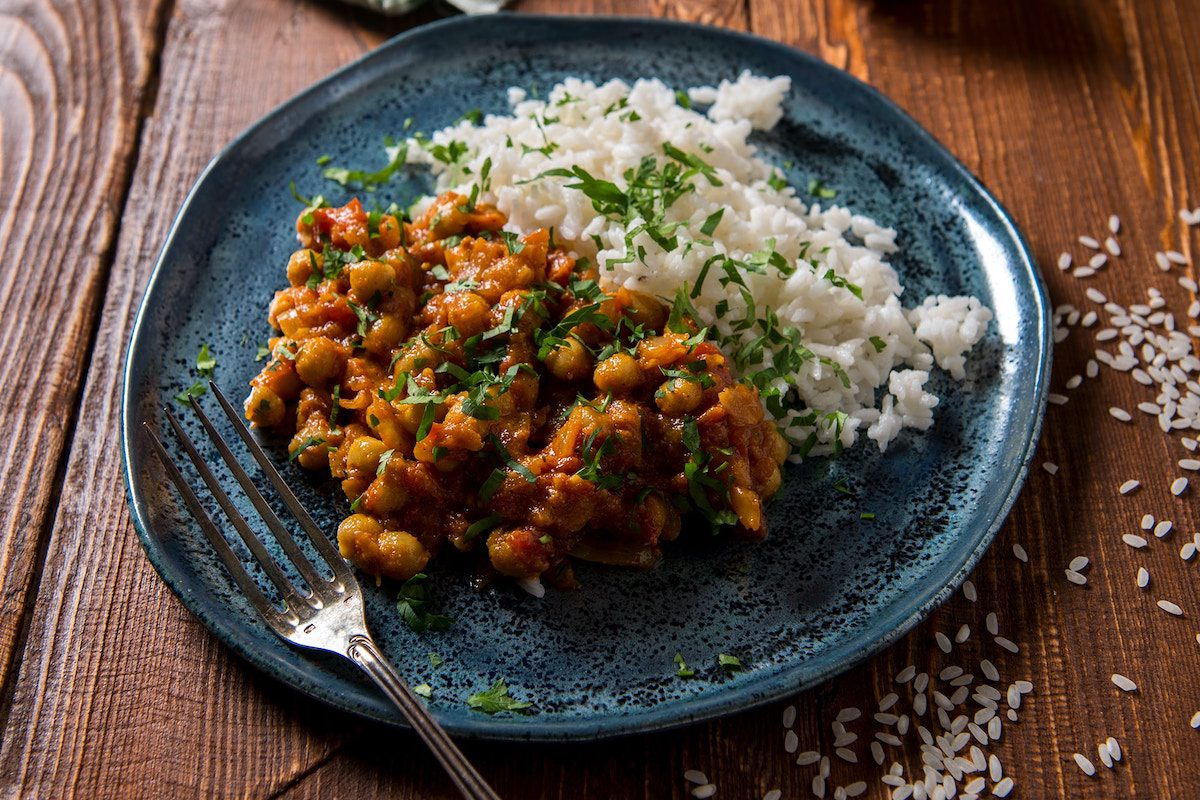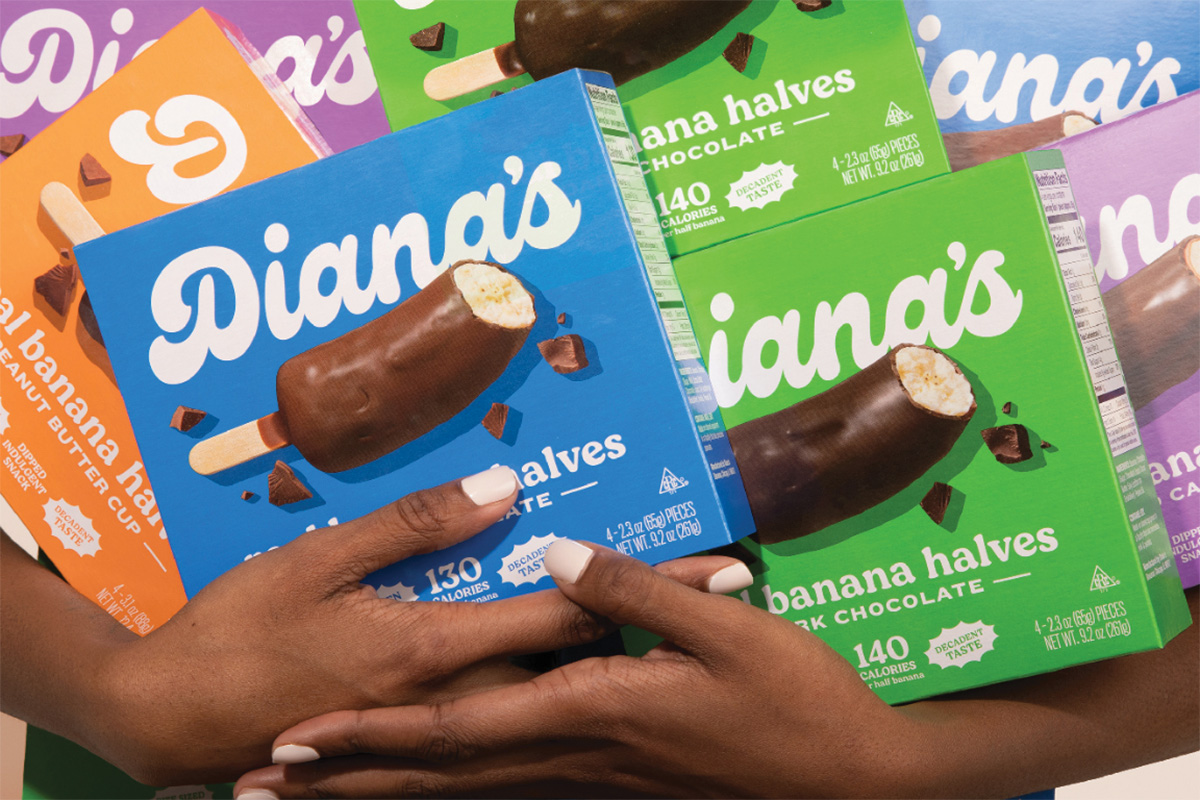5 Easy Ways to Eliminate Animal Products from Your Diet
In today’s world, there are several reasons to hop on the veggie bandwagon and start swapping meaty burritos for bean and quinoa bowls instead. Whether you’re eco-friendly (decreasing that carbon footprint one meal at a time!), experience discomfort with digestion, or are simply looking to bulk up the greens in your diet, it’s pretty common to make this lifestyle change for better health.
If you’re looking to cut down on animal products in your everyday diet, you’ll still need to make sure you’re supplementing with other nutritious foods that provide enough fiber, protein, iron, and other essentials your body needs.

“It is important for anyone eating vegan, vegetarian, or diet with less meat to ensure they are getting enough nutrients, especially iron, calcium, and vitamin B-12,” explains Brooke Zigler, MPP, RDN, LD. So, if you’re considering ditching animal products and leading a more plant-based lifestyle, you’ll want to be prepared for the transition and establish a healthy diet that works to your advantage.
Here are a few ways to properly transition from being a carnivore to a veggie fanatic (or at least a flexitarian) without jeopardizing your health, taste buds, variety in dining options, or nutritional requirements.
First, understand nutritional absorption
There are some nutrients that are better absorbed with the help of others, and iron and vitamin C are a great example of two that should go together. And when paired, these nutrients help a plant-eater get the iron they need, which can often be lacking in a non-meat eater’s diet.
“Additionally, it is important to get enough iron while eating this type of diet,” shares Zigler. “Since the iron found in animal products is better absorbed, having foods with vitamin C while eating foods with iron can help with the absorption of iron,” she says.
For example, having lentils paired with a citrus will help boost absorption of both.
Try nutritional yeast
You know that white stuff that’s often on kale chips? That’s nutritional yeast, and it has a tasty, cheese-like flavor that provides savoriness without the dairy. Plus, it’s packed with vitamin B12, which the body can only really get from animals.
“B-12 is the only nutrient that cannot be adequately obtained from a plant-based diet. As a result, supplementation is recommended,” says Zigler.
“Nutritional yeast that has been fortified with B-12 is a great way for someone to get that nutrient,” she goes on to explain. “Other foods that may be fortified with B-12 could include non-dairy milks, cereals, and meat substitutes (be sure to check the label to ensure fortification).”
Enjoy veggie burgers when dining out
When dining out, you may be missing your regular hamburger and fries, especially when your company is enjoying theirs, but you don’t need to order a salad if you’re really looking to bite into a burger with them.
“A veggie burger made with beans and lentils is a great way to get enough protein, and they taste delicious, too,” says Zigler. Order one when out, and you can also keep them at home for easy dinners.
“Just be sure to look at the ingredients of the veggie burger. If it contains legumes, grains, nuts and/or seeds, then you’ll know it contains protein,” Zigler advises.
Experiment with different sandwich fillings
“If you’re used to having sandwiches with deli meat, you could try a hummus sandwich loaded with veggies,” suggests Zigler. “There is protein and fiber in the hummus which makes it a filling option.”
You can also try nut butter, avocado spread, tofu or tempeh, and more. Use this experimental time to try different foods you’ve been eager to taste but haven’t before.
Hold on to the comfort foods you enjoy
Just because you’re eating more veggies and trying to be healthier doesn’t mean you need to deprive yourself of your favorite comfort dishes. You can always enjoy your favorites, no matter if you’re vegetarian or meat-friendly, and several typically meaty dishes can get a plant-based makeover that might just be even more satisfying.
For example, taco night can be made easy without meat. “There are so many soy-based meat alternatives sold today that resemble ground beef. You could also crumble up tofu and add taco seasoning,” says Zigler.
“By having it with a side of vegetarian refried beans and some rice, you’ll actually be having a complete protein (the combination of beans and rice contains all of the essential amino acids),” she adds.
This makes it way easier to transition, as you don’t feel deprived. You’re still enjoying your favorite comforting dishes and won’t miss meat one bit.
The best advice Zigler has? When eating a diet with less meat, or going vegetarian or vegan, it is important to talk with your doctor and ensure you are getting enough nutrition to avoid any deficiencies. Once that’s set, have fun with your new foods and recipes! Eating a plant-based diet takes adjusting to, but it’ll be like second nature in no time.












